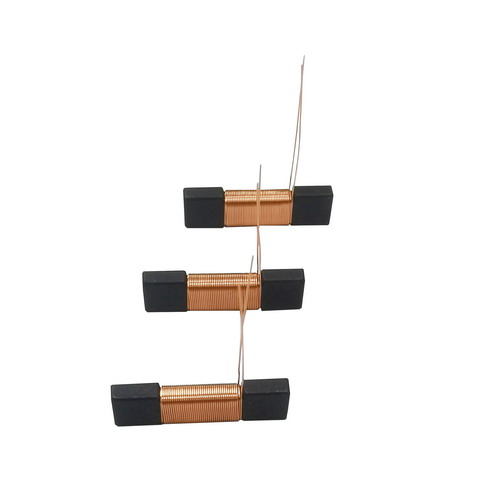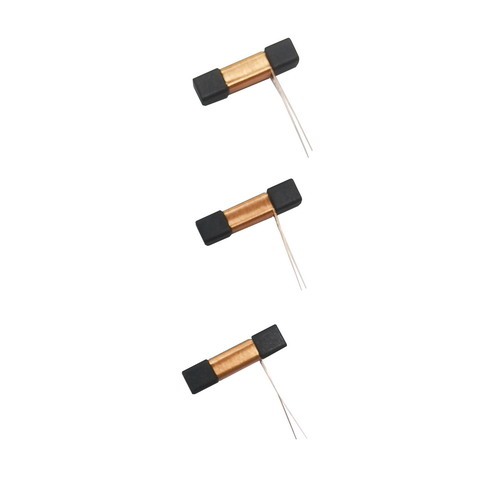Translation pen coils are frequently used in our daily production and are increasingly inseparable from our electronic products! It is an electromagnetic induction element wound with insulated wires and is also one of the commonly used components in circuits. Widely used in micro TVs, cameras, portable VRCs, car audio systems, thin radios, TV tuners, mobile phones, etc.
The translation pen coil adopts a multi-layer arrangement and is widely used. Including solar swing coils, coin slot induction coils, IC card induction coils, voice coils (horn coils), remote control car steering coils, sliding toy coils, various electronic drive induction coils, and so on. According to the shape, the translation pen coil can be made into various shapes, such as circular coil, square coil, track coil, polygonal coil, etc. We can specialize in producing ultra large and ultra long lead out coils.

In electronic devices, it is often seen that many magnetic rings and connecting cables form an inductor. The translation pen coil is a commonly used anti-interference component in electronic circuits, which has a good shielding effect on high-frequency noise, so it is called an absorbing magnetic ring. Due to the general use of ferrite materials, it is also called a ferrite magnetic ring.
In the magnetic circuit of the translation pen coil, a long air section is required, and the air magnetic resistance is high. Energy will be concentrated here, and the air magnetic circuit will not be very full. The magnetic circuit of ferrite magnetic rings is entirely completed by ferrite, so the magnetic resistance is small. The advantage is that it can easily obtain a large inductance, but the magnetic energy will be concentrated in the ferrite, which will be very full.
The translation pen coil is widely used in electronic circuits and is one of the main components for vibration, tuning, coupling, filtering, delay, and deflection. In order to increase inductance, improve Q value, and reduce volume, magnetic cores are often inserted into coils. In high-frequency electronic devices, a specially shaped copper foil on a printed circuit board can also form an inductor, commonly known as a printed inductor or microstrip line.
